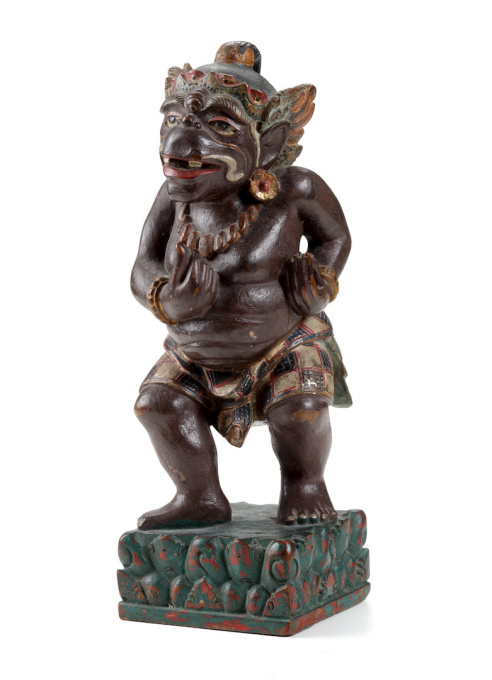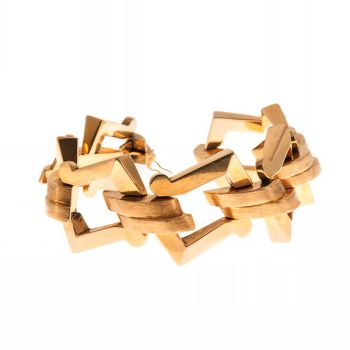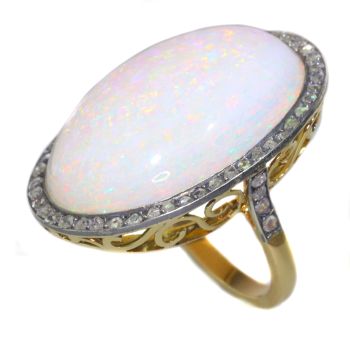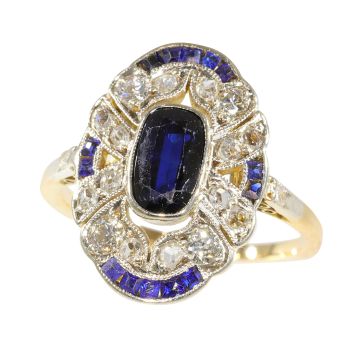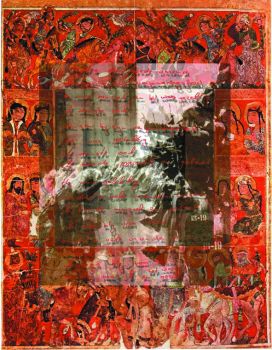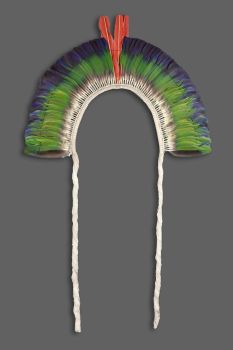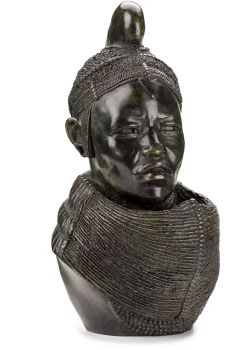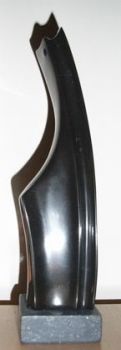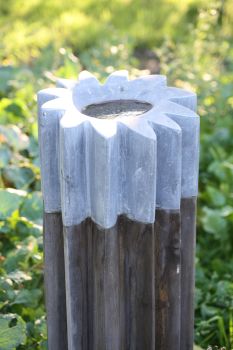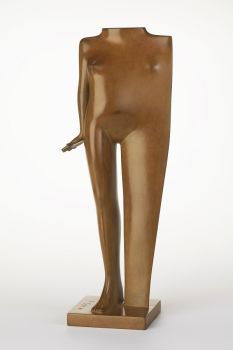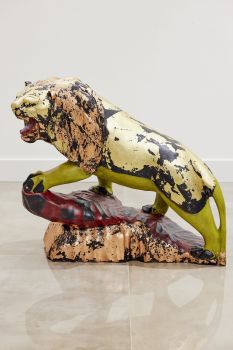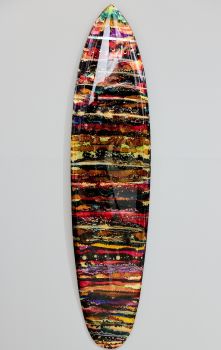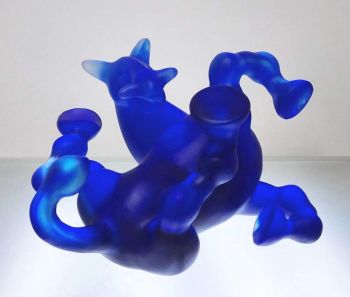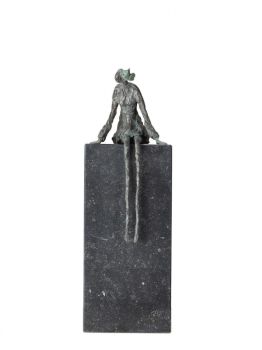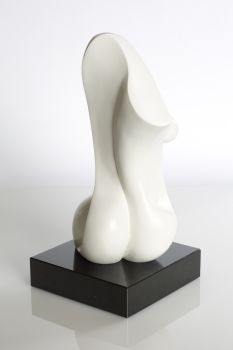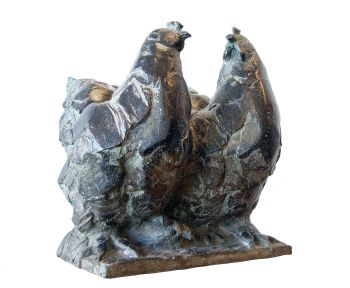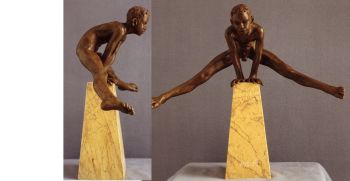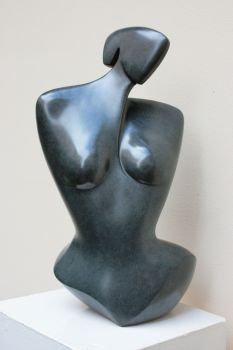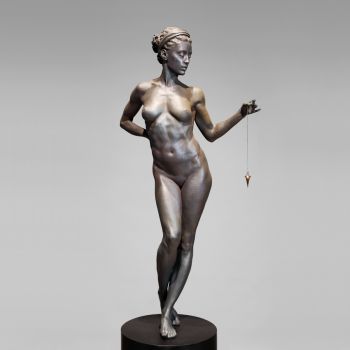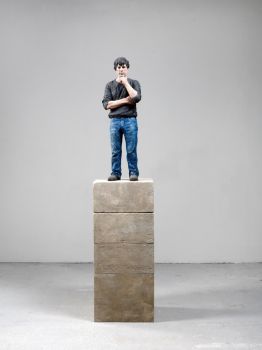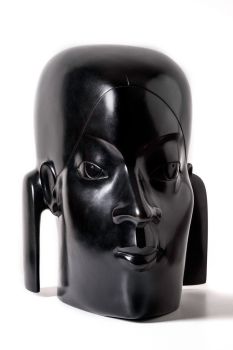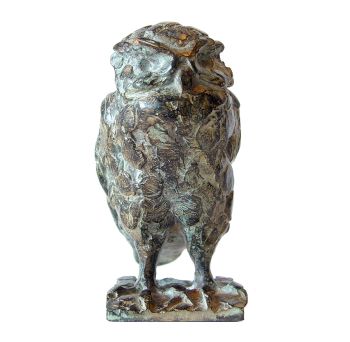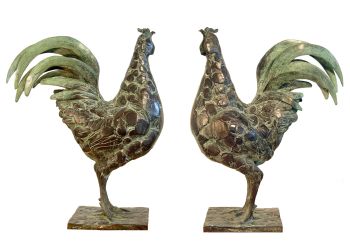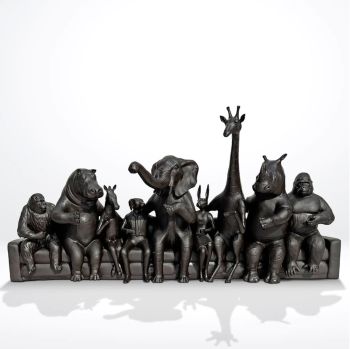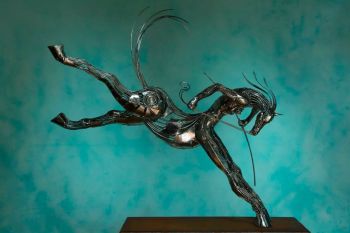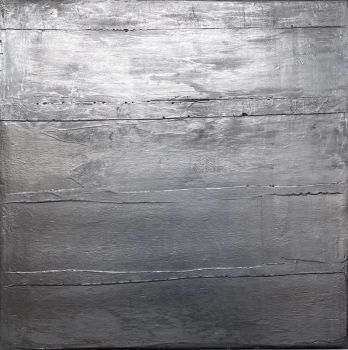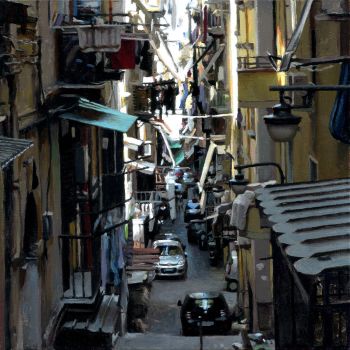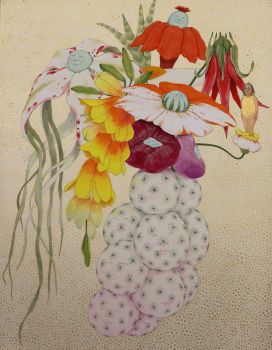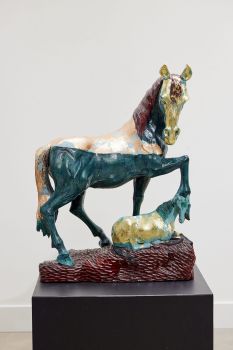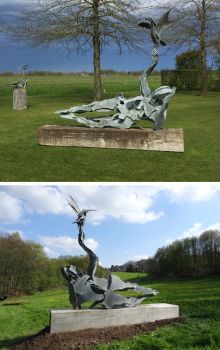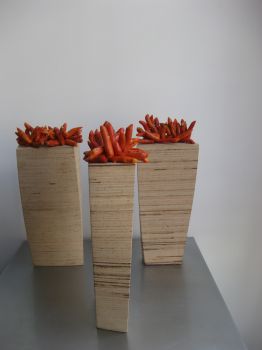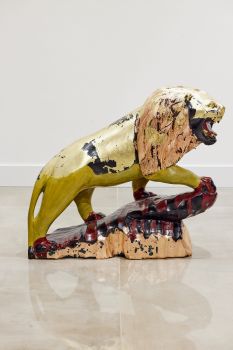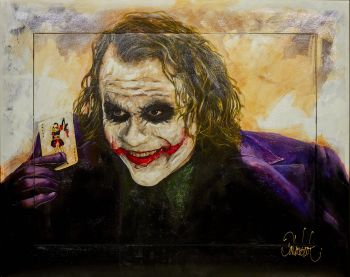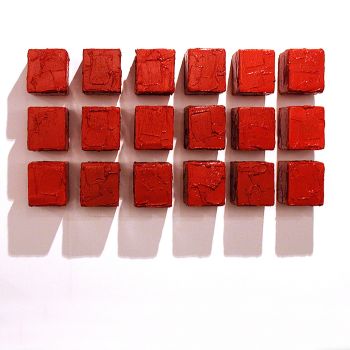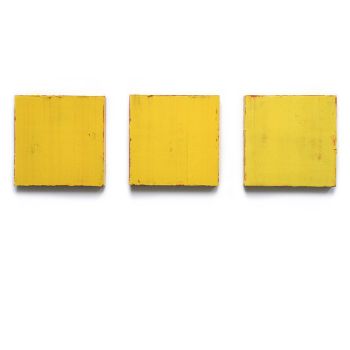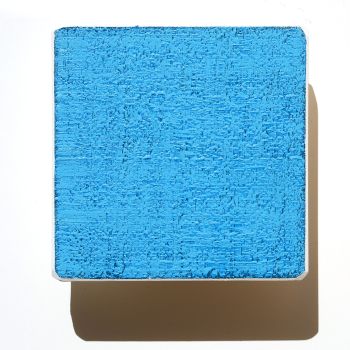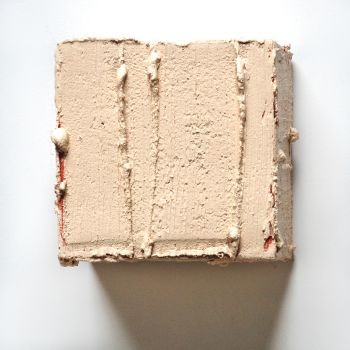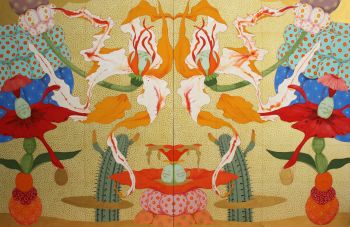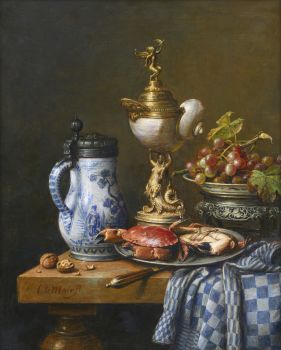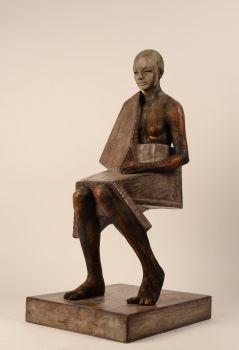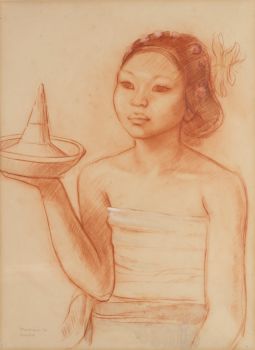RARA STATUA BALINESE IN LEGNO POLICROMO DI TWALEN 1890 - 1910
Artista Sconosciuto
Legna
32 cm
Attualmente non disponibile tramite Gallerease
Zebregs & Röell - Fine Art - Antiques
- A proposito di opere d'arteNorth Bali, Singaraja, late 19th/early 20th century
Standing on a square lotus base, in dancing pose, wearing a traditional cloth and crown.
H. 32 cm
Note:
Twalen is the most powerful and mysterious of the four short, squat clown-like figures who serve as advisers and sidekicks of the main princely protagonist of Balinese stories. Known as punakawan, Twalen and his junior sidekick, Merdah, are on the side of the hero of the story, whereas Delem and Sangut, are on the side of the hero’s nemesis.
The roles of punakawan can be compared to the Shakespearean fool because they are wise, often wiser than the prince, despite their antics and uncouth behaviour. Twalen also carries a mystical aura of representing the old pre-Hindu gods. He is much revered in Bali. His Javanese counterpart is known as Semar.
The characteristics – short dwarf-like body, legs and arms, a large head with an animal-like snout, two widely spaced teeth, bare breast, large belly, checkered (kain poleng) sarong, a flower behind his ear – are all standard. The crown he wears indicates royal origins despite his rough exterior.
The statue was probably part of a set of four depicting all four punakawan. Such images were sometimes kept within temples but in the beginning of the 20th century also were produced to sell outside temples, to the Dutch.
We are grateful to Bruce Carpenter for his assistance with this catalogue entry.
- A proposito di opere artista
Può succedere che un artista o un creatore sia sconosciuto.
Alcune opere non sono determinate da chi sono state realizzate o sono state realizzate da (un gruppo di) artigiani. Esempi sono statue dell'antichità, mobili, specchi o firme non chiare o leggibili ma anche alcune opere non sono affatto firmate.
Inoltre puoi trovare la seguente descrizione:
•"Attribuito a …." A loro avviso probabilmente opera dell'artista, almeno in parte
•“Studio di ….” o “Officina di” A loro avviso un'opera eseguita nello studio o nella bottega dell'artista, eventualmente sotto la sua supervisione
•“Cerchio di…” A loro avviso un'opera del periodo dell'artista che mostra la sua influenza, strettamente legata all'artista ma non necessariamente al suo allievo
•"Stile di..." o "Seguace di..." A loro avviso un'opera eseguita nello stile dell'artista ma non necessariamente da un allievo; può essere contemporaneo o quasi contemporaneo
•“Modalità di…” A loro avviso un'opera nello stile dell'artista ma di epoca successiva
•"Dopo …." A loro avviso una copia (di qualsiasi data) di un'opera dell'artista
•“Firmato…”, “Datato…” o “Iscritto” A loro avviso l'opera è stata firmata/datata/inscritta dall'artista. L'aggiunta di un punto interrogativo indica un elemento di dubbio
•"Con firma....", "Con data...", "Con iscrizione..." o “Riporta firma/data/iscrizione” a loro avviso la firma/data/iscrizione è stata aggiunta da qualcuno diverso dall'artista
Sei interessato ad acquistare questa opera d'arte?
Artwork details
Related artworks
Artista Sconosciuto
Set Franse Empire Pendules / Empire Lectura penduleearly 19th
Prezzo su richiestaKuipers Kunst & Antiek
1 - 4 / 12Artista Sconosciuto
UN COPPETTO DI PIUME DELLA TRIB JURUNA1900 - 1950
Prezzo su richiestaZebregs & Röell - Fine Art - Antiques
Philip Reeves
A Massai/Rendille tribe girl from Kenya1952
Prezzo su richiestaZebregs & Röell - Fine Art - Antiques
1 - 4 / 8- 1 - 4 / 24
Artista Sconosciuto
Antica icona russa in legno: Arcangelo Gabrieleearly 17th
Prezzo su richiestaKunsthandel H.W.C. Dullaert Icons
1 - 4 / 24Artista Sconosciuto
UN NETSUKE IN AVORIO DI UN OLANDESE CHE GIOCA CON UN RAGAZZINO18th century
Prezzo su richiestaZebregs & Röell - Fine Art - Antiques
Artista Sconosciuto
A silver spoon commemorating Juff’ Margareta van Hoorn1656 - 1694
Prezzo su richiestaZebregs & Röell - Fine Art - Antiques
Artista Sconosciuto
UN MODELLO GIAPPONESE DI UN NORIMONO, UN PALANQUIN1650 - 1700
Prezzo su richiestaZebregs & Röell - Fine Art - Antiques
Theo Meier
“Una donna balinese con offerte”1936
Prezzo su richiestaZebregs & Röell - Fine Art - Antiques
Artista Sconosciuto
UN COPPETTO DI PIUME DELLA TRIB JURUNA1900 - 1950
Prezzo su richiestaZebregs & Röell - Fine Art - Antiques
 A cura di
A cura diDanny Bree
Hubert Vos
Ritratto di un punjabi nell'India britannica1898
Prezzo su richiestaZebregs & Röell - Fine Art - Antiques
Philip Reeves
A Massai/Rendille tribe girl from Kenya1952
Prezzo su richiestaZebregs & Röell - Fine Art - Antiques
1 - 4 / 12

